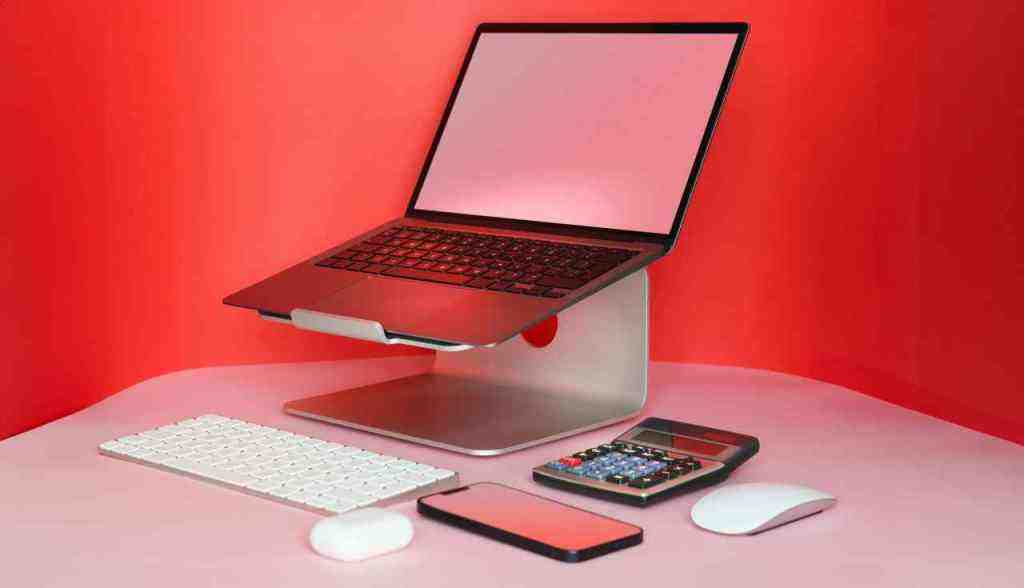How to Open iTunes on a Mac: A Comprehensive Guide

iTunes, a cornerstone application for managing music, movies, TV shows, podcasts, and more on Apple devices, remains a vital tool for many Mac users. While Apple has been transitioning some of its functionalities to separate apps like Apple Music, Apple TV, and Apple Podcasts, iTunes is still available and functional on macOS. This guide provides a step-by-step approach to opening iTunes on your Mac, covering various methods and troubleshooting common issues. Understanding how to access iTunes ensures you can continue to manage your media library, sync devices, and access its features seamlessly.
Understanding iTunes on macOS
iTunes has undergone significant changes over the years. In macOS Catalina (10.15) and later, Apple split iTunes into three distinct applications: Apple Music, Apple TV, and Apple Podcasts. However, for users who have not yet upgraded to these versions or who prefer the integrated iTunes experience, the application is still present and fully functional. For those on older macOS versions, iTunes serves as the central hub for all media management. This guide will primarily focus on opening the iTunes application itself, which is still relevant for many users, especially those managing older iOS devices or preferring the consolidated interface.
Method 1: Opening iTunes from the Dock
The Dock is the most common and convenient place to find and launch applications on a Mac. If iTunes is frequently used, it’s likely pinned to your Dock.
Step 1: Locate the iTunes Icon
Scan the Dock, typically located at the bottom or side of your screen, for the iTunes icon. The icon is a blue square with a musical note inside.
Step 2: Click the Icon
Once you’ve located the iTunes icon, simply click on it with your mouse or trackpad. The application should launch shortly thereafter.
Step 3: If iTunes is Not in the Dock
If you don’t see the iTunes icon in your Dock, it might have been removed. You can add it back by following the steps in Method 2.
Method 2: Opening iTunes Using Spotlight Search
Spotlight Search is a powerful built-in search tool on macOS that allows you to quickly find and open applications, files, and other information.
Step 1: Activate Spotlight Search. Find out more about how to open itunes on mac.
There are two primary ways to activate Spotlight Search:
- Press the Command (⌘) key and the Space bar simultaneously.
- Click the magnifying glass icon in the menu bar at the top-right corner of your screen.
Step 2: Type “iTunes”
A search bar will appear. Begin typing “iTunes” into the search bar. As you type, Spotlight will display matching results.
Step 3: Select iTunes from the Results
Once “iTunes” appears in the search results, you can either:
- Click on the iTunes application in the results.
- Highlight iTunes using your keyboard’s arrow keys and press Enter.
iTunes will then launch.
Method 3: Opening iTunes from the Applications Folder
All applications installed on your Mac are stored in the Applications folder. This method is useful if you can’t find iTunes via the Dock or Spotlight.
Step 1: Open Finder. Find out more about explore open itunes mac dock.
Click on the Finder icon in your Dock. The Finder icon typically looks like a blue smiley face.
Step 2: Navigate to the Applications Folder
In the Finder window, look for “Applications” in the sidebar on the left. Click on it.
Alternatively, you can go to the menu bar at the top of the screen, click Go, and then select Applications.
Step 3: Locate and Open iTunes
Scroll through the list of applications in the Applications folder until you find “iTunes.” Double-click on the iTunes icon to open the application.
Method 4: Opening iTunes Using Launchpad
Launchpad is an application launcher that displays all your installed applications in a grid, similar to the iOS home screen.
Step 1: Open Launchpad
You can open Launchpad in a few ways:
- Click the Launchpad icon in your Dock. The icon usually looks like a rocket ship.
- Use a trackpad gesture: swipe up with three or four fingers.
- Press the F4 key on your keyboard (on some Mac models).. Find out more about discover itunes spotlight search mac.
Step 2: Find the iTunes Icon
Launchpad displays applications in pages. You may need to swipe left or right with two fingers on your trackpad (or click the page dots at the bottom) to find the iTunes icon.
Step 3: Click the iTunes Icon
Once you locate the iTunes icon, click on it to open the application.
Troubleshooting Common Issues
Occasionally, you might encounter problems when trying to open iTunes. Here are some common issues and their solutions:
iTunes Not Responding or Crashing
If iTunes is not opening, or if it opens and then freezes or crashes, try the following:
- Force Quit iTunes: Press Command (⌘) + Option + Esc to open the Force Quit Applications window. Select iTunes from the list and click “Force Quit.” Then, try opening iTunes again.
- Restart Your Mac: A simple restart can resolve many temporary software glitches. Click the Apple menu () in the top-left corner and select Restart.
- Update iTunes: Ensure you have the latest version of iTunes installed. Open the App Store, click on Updates in the sidebar, and see if an update for iTunes is available.
- Check for macOS Updates: Sometimes, compatibility issues arise from an outdated operating system. Go to System Settings (or System Preferences) > General > Software Update to check for and install any available macOS updates.
- Reset iTunes Preferences: Corrupted preference files can cause issues. You can try resetting them by locating the iTunes preference file (usually
com.apple.iTunes.plistin~/Library/Preferences/) and moving it to the Desktop. Then, try opening iTunes. The application will create a new preference file.. Find out more about understand itunes applications folder mac.
iTunes Icon is Missing or Corrupted
If the iTunes icon appears as a generic document or is missing entirely, the application’s icon cache might be corrupted.
- Rebuild the Icon Cache: This is a more advanced step and typically involves using the Terminal application. However, a simpler approach is often to reinstall iTunes or ensure your macOS is up to date, as this can sometimes refresh the icon cache.
- Reinstall iTunes: If you suspect the application itself is corrupted, you might consider uninstalling and then reinstalling iTunes. However, be cautious, as this can affect your library if not done correctly. For most users, ensuring macOS is updated is sufficient.
iTunes vs. Apple Music, TV, and Podcasts Apps
As mentioned earlier, newer macOS versions (Catalina and later) have replaced the media management functions of iTunes with dedicated apps.
- Apple Music: Manages your music library, including purchased music, Apple Music subscriptions, and imported playlists.
- Apple TV: Handles movies, TV shows, and other video content.
- Apple Podcasts: Dedicated app for subscribing to and listening to podcasts.
If you are on a recent macOS version and cannot find “iTunes” as a standalone application, these three apps now perform its former functions. To open them, you would use the same methods described above (Dock, Spotlight, Applications folder, Launchpad) but search for “Music,” “TV,” or “Podcasts” instead.
Conclusion
Opening iTunes on a Mac is a straightforward process, with multiple methods available to suit your preference. Whether you use the Dock, Spotlight Search, the Applications folder, or Launchpad, accessing your media library and managing your devices is typically just a few clicks away. By understanding these methods and the common troubleshooting steps, you can ensure a smooth experience with iTunes on your Mac. Remember that for users on the latest macOS versions, the functionalities previously housed within iTunes are now distributed across the Apple Music, Apple TV, and Apple Podcasts applications.
